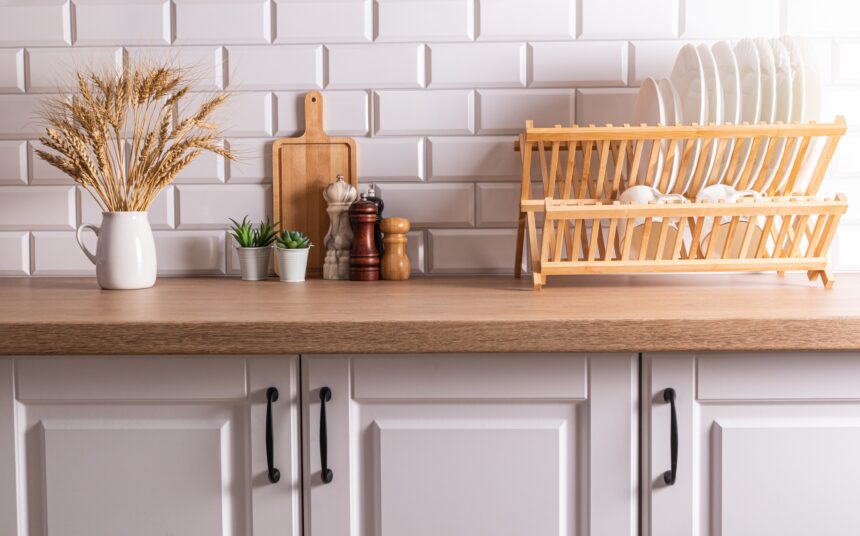Creating Visual Harmony: Matching Kitchen Countertops with Floors and Walls
The kitchen is often considered the heart of the home, a space where functionality meets aesthetics. One of the most crucial aspects of kitchen design is the selection of materials, particularly countertops, floors, and wall finishes. Achieving visual continuity among these elements can create a cohesive and inviting atmosphere. This article explores the importance of matching kitchen countertops with floors and walls, offering insights, examples, and practical tips for homeowners and designers alike.
The Importance of Visual Continuity
Visual continuity in a kitchen design enhances the overall aesthetic appeal and can significantly impact the mood and functionality of the space. When countertops, floors, and walls complement each other, the kitchen feels more organized and harmonious. Here are some reasons why visual continuity matters:
- Enhanced Aesthetics: A well-coordinated design creates a polished look that can elevate the entire kitchen.
- Increased Value: Homes with cohesive design elements often attract higher resale values.
- Improved Functionality: A harmonious design can make the kitchen feel more spacious and inviting.
Choosing the Right Materials
When selecting materials for countertops, floors, and walls, it’s essential to consider their colors, textures, and patterns. Here are some tips for making the right choices:
- Color Coordination: Choose a color palette that flows seamlessly from one element to another. For instance, if you have dark wood floors, consider lighter countertops to create contrast while maintaining harmony.
- Texture Balance: Mixing textures can add depth to your design. A smooth granite countertop can pair beautifully with a textured backsplash or rustic wooden floors.
- Pattern Consideration: If your floor has a bold pattern, opt for a more subdued countertop to avoid visual chaos.
Case Studies: Successful Combinations
To illustrate the effectiveness of matching kitchen countertops with floors and walls, let’s look at a few case studies:
- Modern Minimalism: A contemporary kitchen featuring white quartz countertops, light gray walls, and polished concrete floors creates a sleek and airy feel. The uniformity in color and material enhances the minimalist aesthetic.
- Rustic Charm: A farmhouse-style kitchen with butcher block countertops, soft blue walls, and distressed wood floors exemplifies rustic charm. The warm tones of the wood tie the elements together, creating a cozy atmosphere.
- Classic Elegance: A traditional kitchen with dark marble countertops, cream-colored walls, and rich mahogany floors showcases classic elegance. The combination of dark and light elements adds sophistication while maintaining continuity.
Statistics on Kitchen Design Trends
According to a survey conducted by the National Kitchen and Bath Association (NKBA), 70% of homeowners prioritize cohesive design when renovating their kitchens. Additionally, 60% of respondents indicated that they would pay more for a home with a well-designed kitchen that features matching elements. These statistics highlight the growing importance of visual continuity in kitchen design.
Practical Tips for Achieving Visual Continuity
Here are some practical tips to help you achieve visual continuity in your kitchen:
- Sample Swatches: Always request samples of countertops, flooring, and wall finishes to see how they look together in your space.
- Consider Lighting: Natural and artificial lighting can affect how colors appear. Test your combinations under different lighting conditions.
- Consult a Designer: If you’re unsure about your choices, consider hiring a professional designer who can provide expert advice on achieving visual harmony.
Conclusion
Matching kitchen countertops with floors and walls is essential for creating a visually appealing and cohesive space. By understanding the importance of visual continuity, choosing the right materials, and learning from successful case studies, homeowners can design kitchens that are not only functional but also aesthetically pleasing. Remember to consider color, texture, and pattern when making your selections, and don’t hesitate to seek professional guidance if needed. Ultimately, a well-coordinated kitchen design can enhance your home’s value and create a welcoming environment for family and friends.
